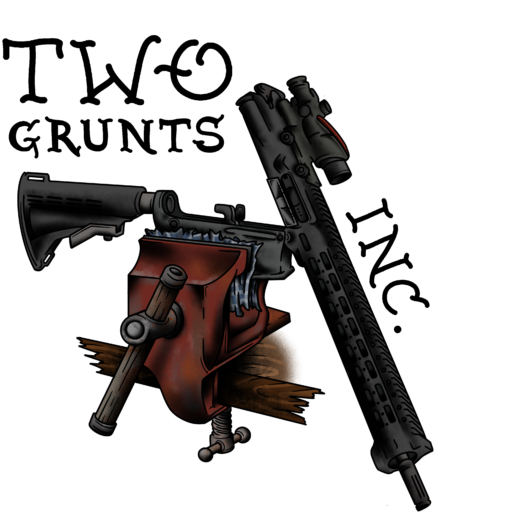Your cart is currently empty!
Land Navigation Part I: The Basics
Today’s guide goes over the very basics and beginnings of how to properly conduct land navigation. It includes what a lensatic compass is and how to figure out one’s pace count (both day and night).
We understand that this guide is super simple and many of you probably remember this from your time in the military, but it never hurts to brush up on these skills. If you never learned these skills while you were in or never served and want to learn, then this is where you should start.
You can purchase a military-grade (haha… we know) compass on Amazon for around $100. It is called the Cammenga Tritium Lensatic Compass.
As for pace counts, the best system is some 550 cord (paracord) with some beads on it to track your pace count. You can buy these premade or DIY one by watching some videos on YouTube (there are a lot of videos on this).
While you’re at it, purchasing some different colored map pens and a map protractor (not the one you used in high school geometry) is a good idea as well since the next guide will go over maps and plotting. We prefer to use the square map protractors because they are better for plotting.
We hope that this guide gets some of you thinking about land navigation as it is a great skill to have. At some point, you won’t be able to rely on your GPS watch or phone, and that’s when skills like this become invaluable.
Land Navigation Overview
This guide will go over the very basics of land navigation.
It will teach you how to operate in an environment utilizing a lensatic compass and a topographical map (Land Navigation Part II).
It will include:
Lensatic Compass Basics
- Compass Inspection
- Effects of Metal and Electricity on Compass
- Accuracy and Protection of Compass
- Compass Holds
Pace Counts
- Determining Pace Count
- Day and Night Considerations
- Pace Count Factors
Lensatic Compass Basics
Lensatic Compass Inspection
Conduct a detailed inspection of:
- Floating dial
- Sighting wire
- Ensure the glass crystal is not broken
- All numbers are readable
- The Bezel ring has distinct clicks when turned
Effects of Metal and Electricity on Compass
When using a lensatic compass, metal, and electricity will affect the functionality of the compass.
Examples of what can affect functionality:
- High-tension power lines (55 meters)
- Telephone and barbed wire (10 meters)
- Rifle(s) (1/2 meter)
Accuracy and Protection of Compass
- Periodically check the calibration of the compass
- Utilize your surveyed azimuth
- Shouldn’t be more than 3º
- Travel with the cover closed
Compass Holds
There are two types of holds one should use when determining their azimuth (pictured in next slide)
Centerhold
Hold with two hands around the abdominal area.
Compass to Cheek
Hold like you are sighting in with a rifle.
Pace Count
Determining Pace Count
- Can be conducted on a 600-meter or 100-meter course
- must be accurately measured distance to ensure an accurate pace count
- 600-meter course
- count paces on the whole course, divide the number by 6 = pace count for 100 meters
- do this twice to ensure it is accurate
Night Pace Count
- Conducted in the same manner as the daytime pace count
- Considerations need to be taken that the nighttime pace count will be different from the daytime pace count due to visibility
- to ensure an accurate nighttime pace count, a separate pace count should be conducted at night
Tracking Pace Count
- Put a small rock in your pocket for every 100 meters traveled
- Tie a knot on a string (paracord)
- Put tally marks in a notebook
- The ways this can be done are endless, use one that will work best for you
- NEVER TRY TO REMEMBER YOUR PACE COUNT – YOU WILL FORGET IT!!
Pace Count Factors
- Slopes – pace count will lengthen down slopes, shorten on inclines
- Wind – heavy headwind shortens pace count, tailwind increases
- Surfaces – sand, gravel, mud, and snow all tend to shorten the pace count
- Elements – snow, rain, and ice all reduce the length of pace (shorten pace count)
- Clothing – excess clothing (warming layers, heavy clothes) will slow you down – thus increasing the pace count
- Visibility – fog, rain, snow, and darkness can all increase your pace count
Final Thoughts
Thanks for making it to the end of this guide! If you got some value from this please make sure to share and save it for later.
Comment down below any tips or tricks you have for land nav!
Be sure to read our other guides here!
